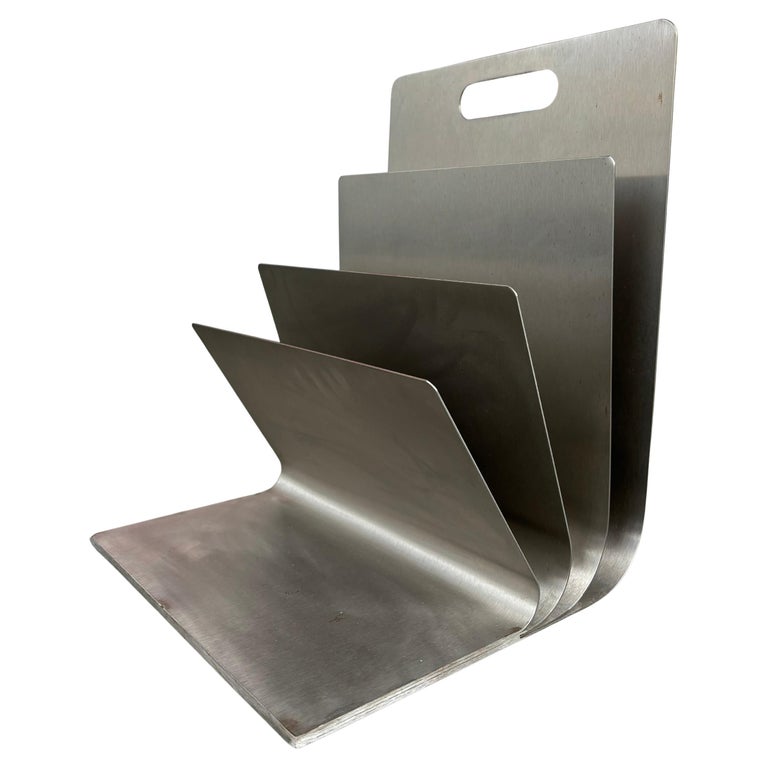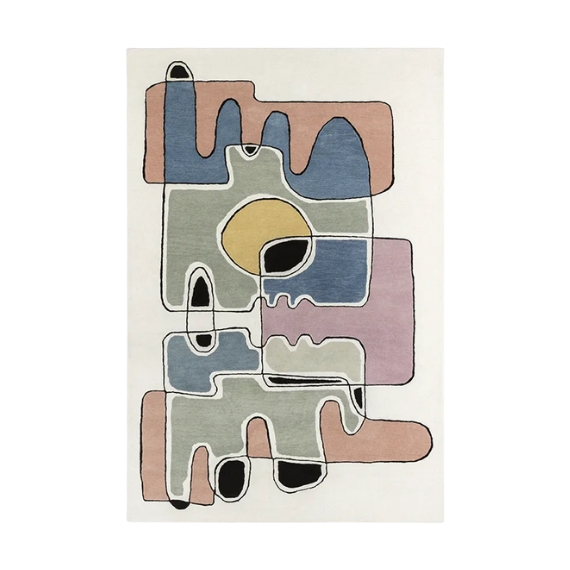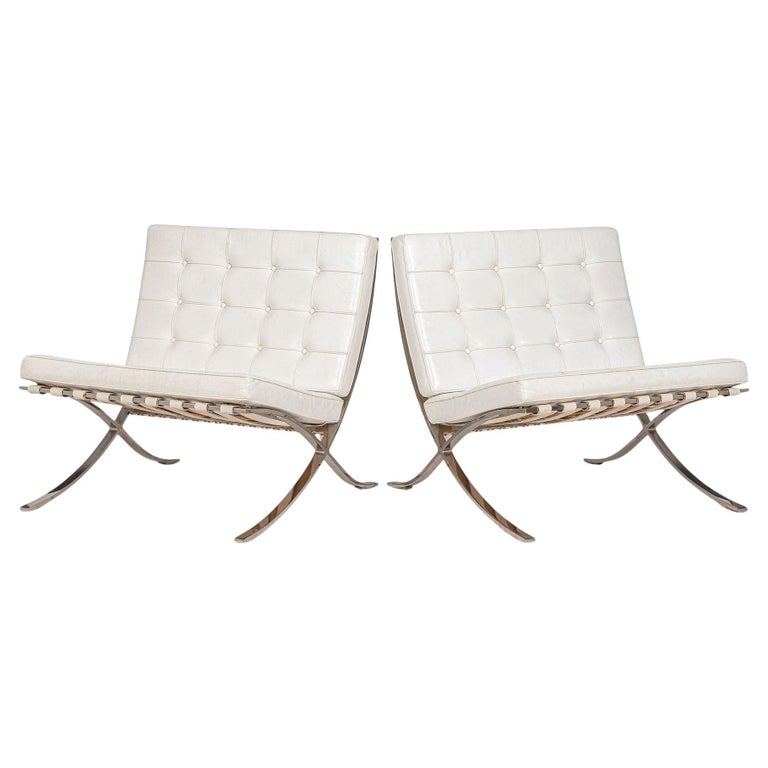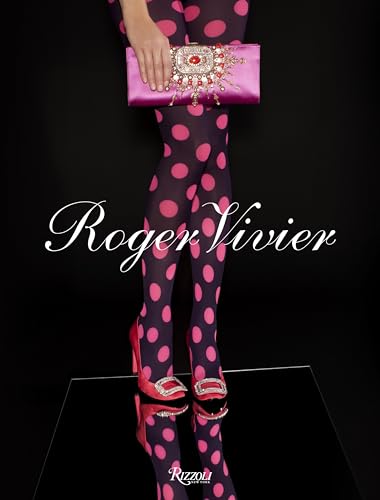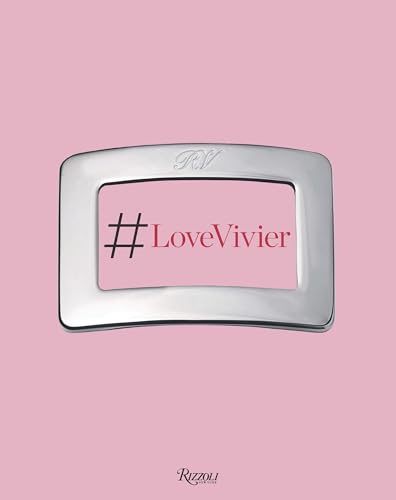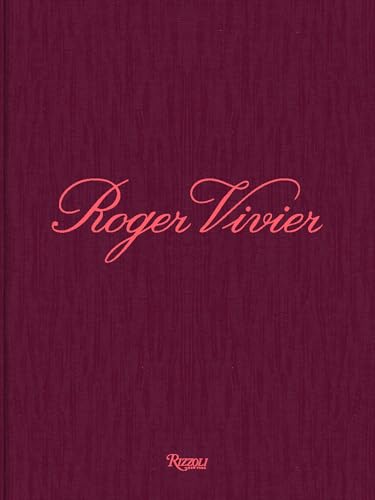Roger Vivier's Just-Unveiled Mansion Is the 'Transitional Style' Masterpiece You Need to See — It Shows How Heritage, Mid-Century, and Contemporary Decor Can Coexist
Developed in collaboration with model, designer, and perfumer Inès de La Fressange and creative director Gherardo Felloni, Maison Vivier, the brand's new HQ and archive, delivers a time-traveling immersion in Parisian savoir-faire
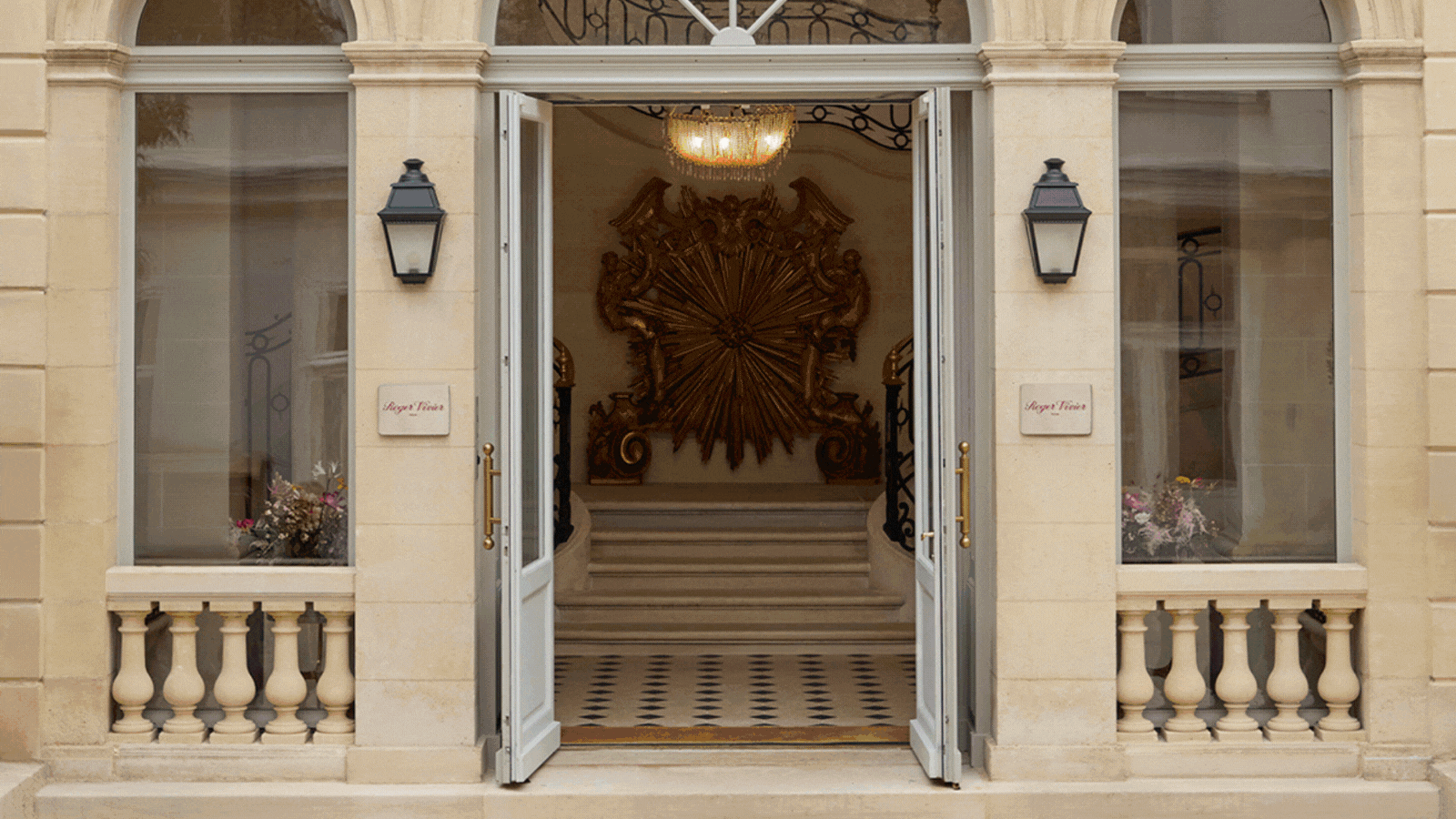
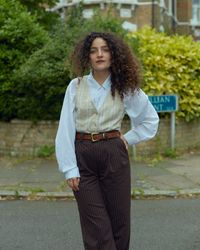
It doesn't take a fashion insider to know that the world's most storied maisons have never been exactly accessible to all. In fact, the daunting air of exclusivity they have successfully preserved over decades accounts for a great portion of their creations' charm in the eyes of the public: if you can't have it, you can adore it, no matter how far. Recently, though, as even the most legendary of haute couture brands have stopped taking to the runways alone to enter the lifestyle space in full force, expanding into anything from beauty and fragrance to home decor, hospitality, and more, things have begun to shift.
At Alaïa's New Bond Street flagship, visitors can treat themselves to freshly baked pastries, coffee, tea, and matcha drinks by heading up to its top-floor cafe and bookshop. Jonathan Anderson is doubling down on everything culture by integrating exhibitions of homewares, artworks, and crafty finds into his eponymous label's vision, having already driven LOEWE into the domestic realm through its viral candles before leaving the brand to take the helm at Dior.
Meanwhile, last week, in the latest fashion plot twist, France's legendary luxury shoe house Roger Vivier unveiled its first-ever HQ and archive, Maison Vivier: a fairytale residence reuniting corporate offices, sumptuous salons, a theatrically presented archive, and creative director Gherardo Felloni's studio — plus, a romantic 'hidden garden' — in "an immersive expression of Parisian savoir-faire".
Set inside a dazzingly restored, 18th-century hôtel particulier in the heart of Saint-Germain-des-Prés, the multifunctional destination, which opened its doors for the first time last Thursday and will compete with the city's best concept stores in the delivery of one-of-a-kind activations, was envisioned in close collaboration with supermodel, fashion designer, and perfumer Inès de La Fressange, the brand ambassador who, since the early 2000s, has concentrated her creative efforts on breathing fresh flair into it, and Felloni himself. Because if a Roger Vivier devotee and the artistic powerhouse at its helm can't translate the label's contagious, surreal irreverence into spaces that embody its founder's pioneering legacy, who else can?
Maison Vivier — A Parisian Icon, Revived
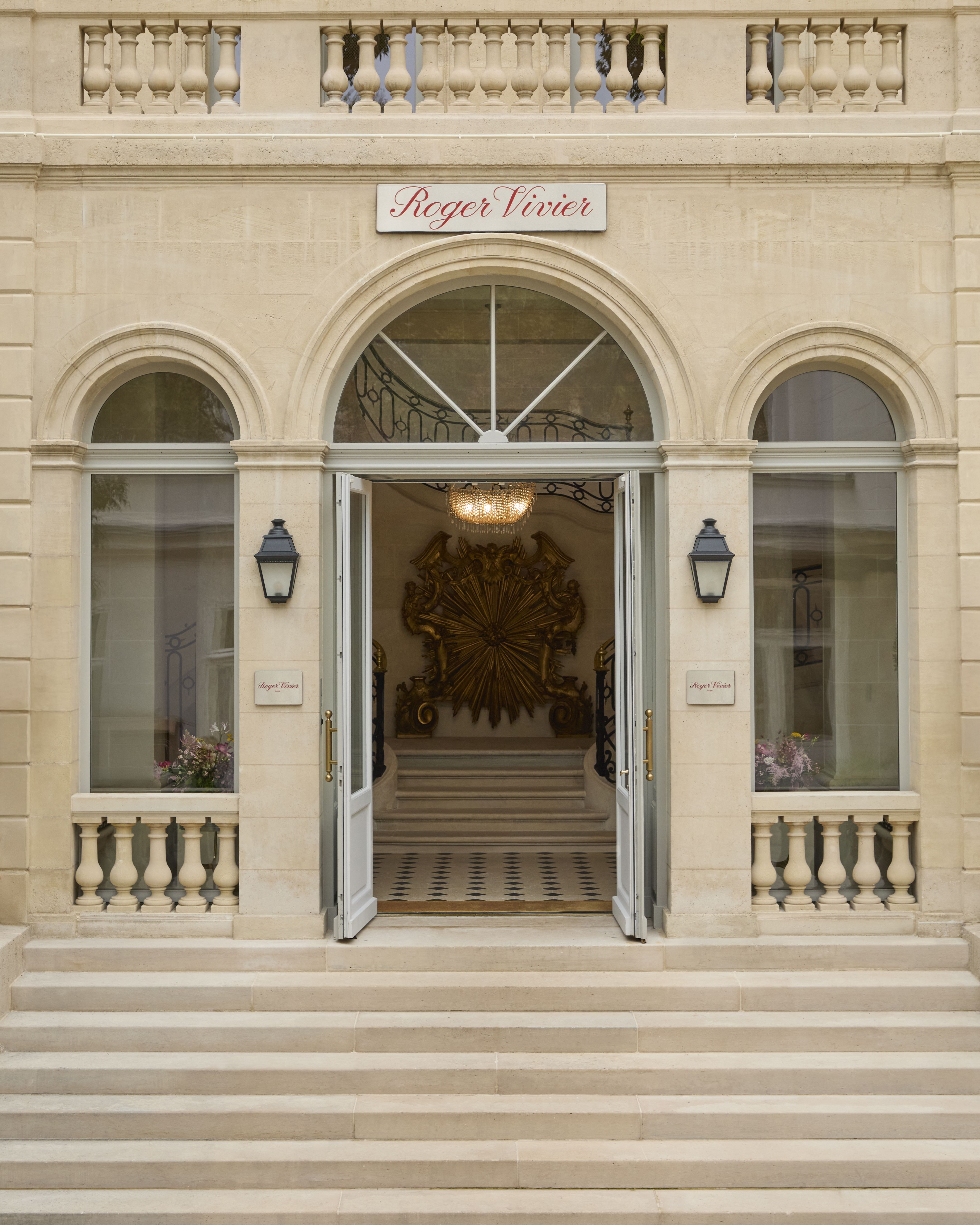
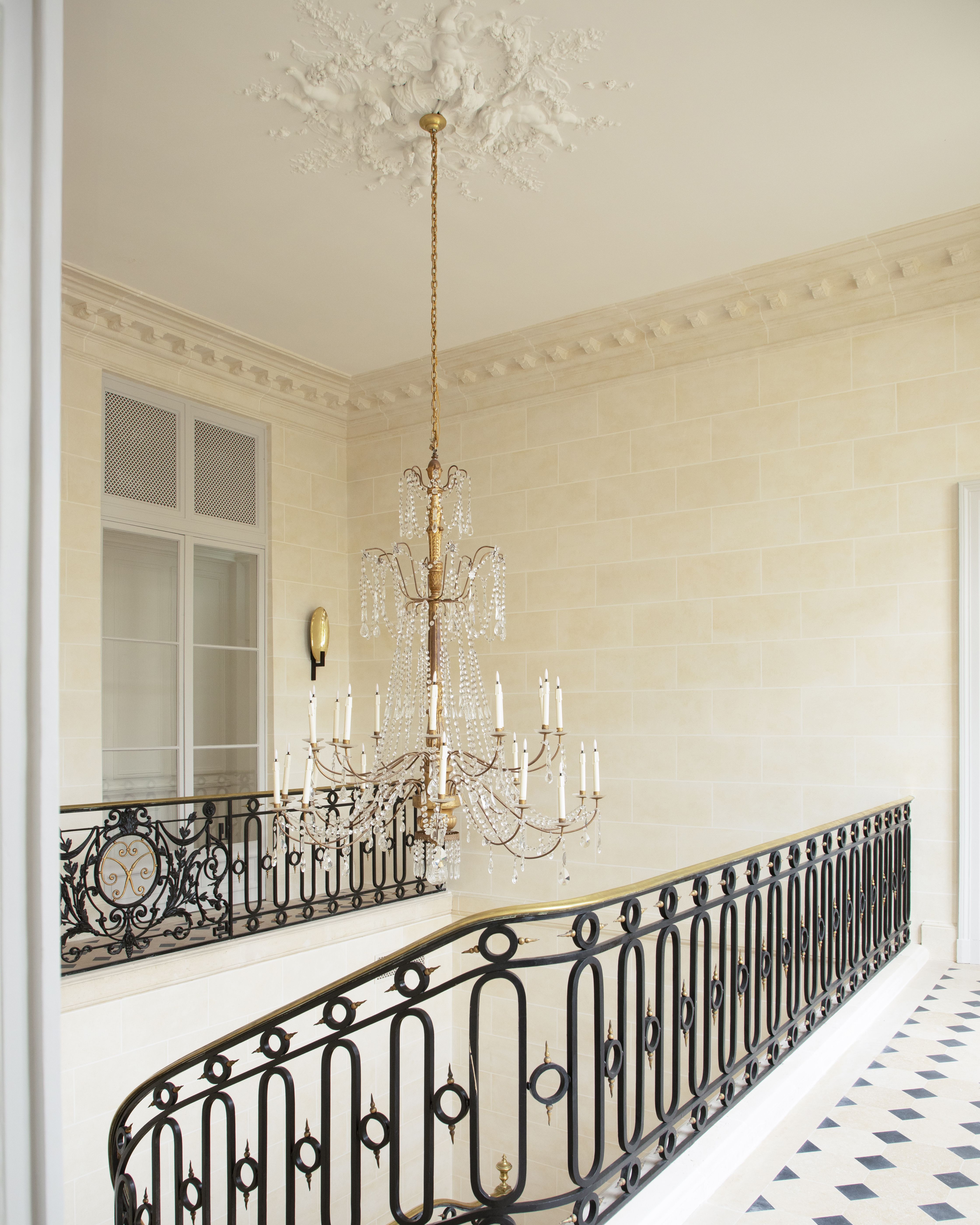
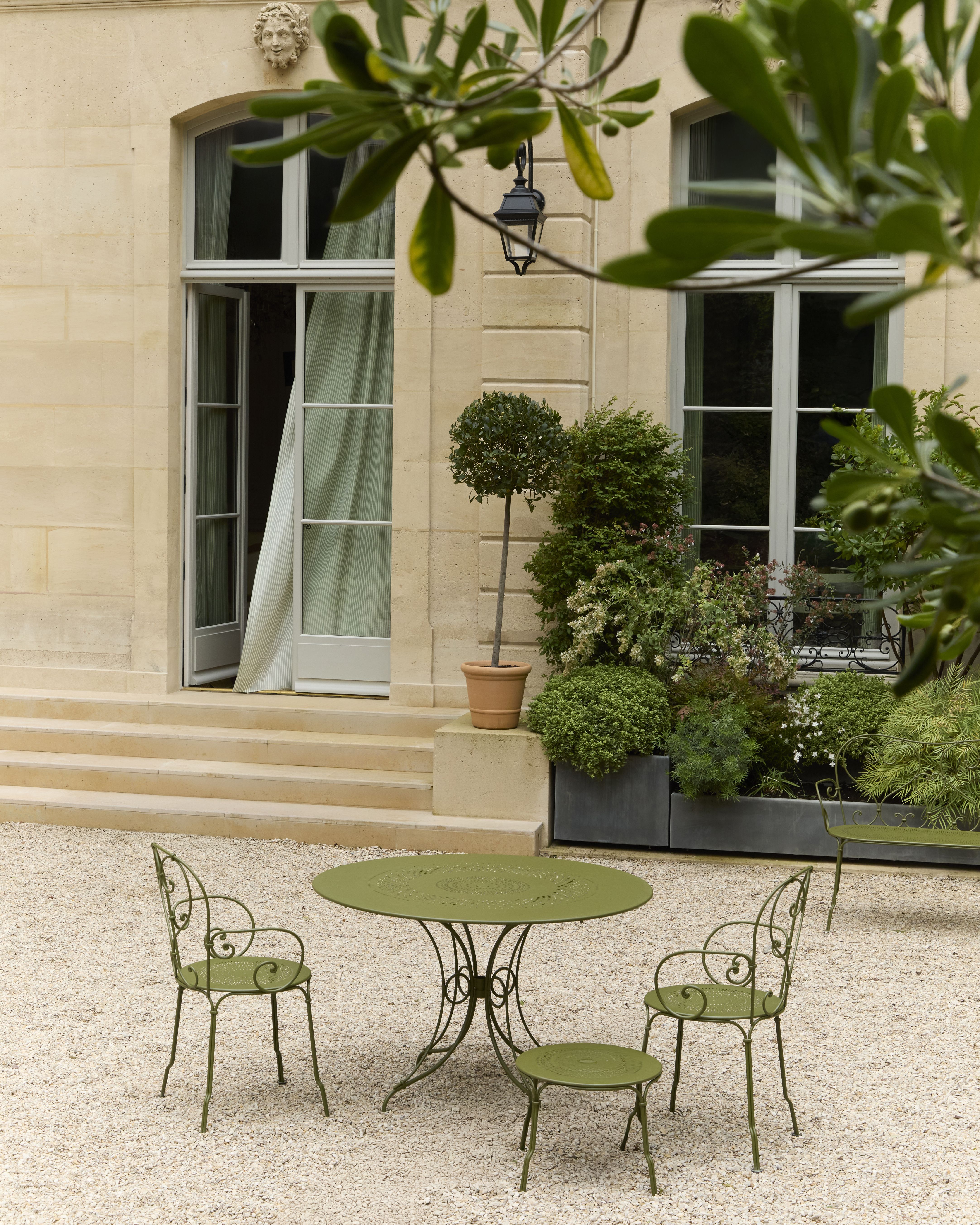
Coinciding with the dense calendar of Paris Fashion Week, the reveal of Maison Vivier instantly reminded me of the concept behind the museums of another iconic French brand, Yves Saint Laurent, whose Marrakech outpost was recently mentioned as a non-negotiable stop in our guide to five of the world's most underrated cities for design lovers.
That's because, confirming the haute couture industry's gradual opening to the outside world, Roger Vivier's new HQ and archive, too, will let a diverse audience of fashion students and amateurs, curators, high-profile clients, as well as the usual suspects — read the style set's VIPs — into its freshly taken-over mansion upon invitation.
At the heart of the steeped-in-history address, which, the Maison explains, was erected at 98 Rue de l'Université in 1729 "by royal architect Jacques Gilet de la Fontaine, sold to the French government in 1815, and later modernized by François Avignon," is a desire to offer "not only luxury creations but a cultural and artistic experience that speaks to the imagination."
Filled with plush furnishings interspersed with 20th-century as well as contemporary artwork, bold 1970s decor, and modernist finds, and brought to life by shimmering chandeliers, "the building itself becomes a muse," the Roger Vivier team explains. "A place where past and present converse in wood, gilding, and stone." A lesson in transitional style, Maison Vivier is where neoclassicism, mid-century cool, and contemporary quirkiness collide.
Roger Vivier's Eclectic Vision — Made Present
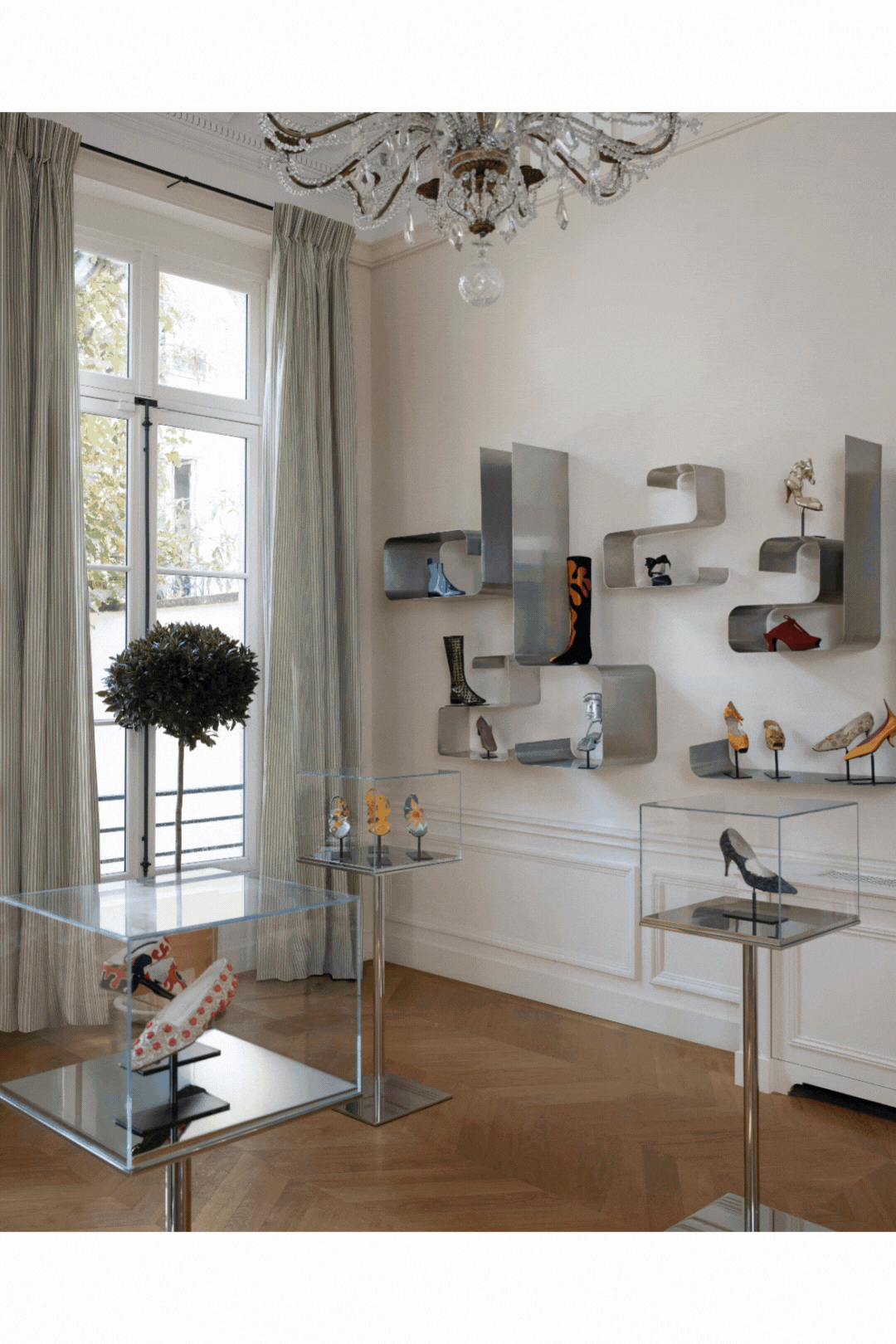
A look inside Le Salon de l’Héritage and Le Salon Vivier, juxtaposing Roger Vivier's most iconic designs with oriental sculptures, mid-century furniture, and a hip, contemporary feel.
Maison Vivier doesn't simply provide an inspiring base for creative director Gherardo Felloni's research and production work and the brand's day-to-day administration. Instead, it revives its namesake founder's forward-thinking conception of fashion and craftsmanship by showcasing historical designs — including the 60-year-old Belle Vivier, dreamed up for Yves Saint Laurent's Mondrian Collection in 1965, made iconic by Catherine Deneuve in Luis Buñuel's Belle de Jour (1967), and now reinterpreted for the contemporary woman in flowers, precious stones, pearls, and crystals-encrusted models — within a deeply suggestive setting.
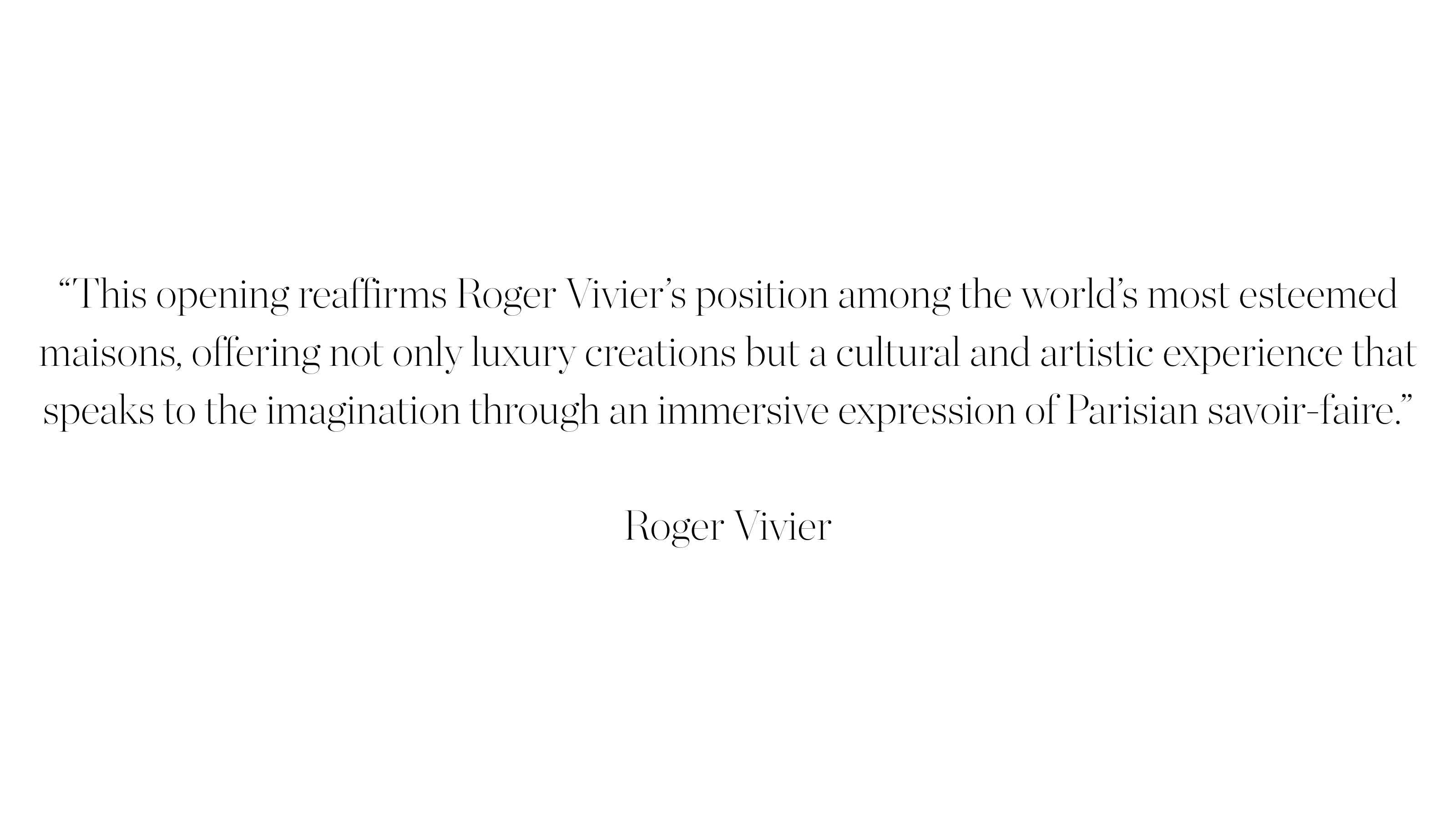
The mind behind Christian Dior's footwear offering between 1953 and 1963, Roger Vivier was the first and only designer whose name was allowed to appear on the house's shoes under Dior's own. He invented both the stiletto and the comma (virgule) heel, infused light into pumps by decorating them with chrome-plated buckles, and paved the way for a much more daring, playful understanding of fashion.
A former sculptor and an avid lover of music and theater, the shoemaking pioneer embraced the models he conceived as wearable works of art, obtaining a dramatic effect through eye-catching, rare materials and the insertion of three-dimensional elements like embroidery, clutches, and beads. At Maison Vivier, the master couturier's width of inspirations takes center stage.
Maison Vivier as a Journey Through Design
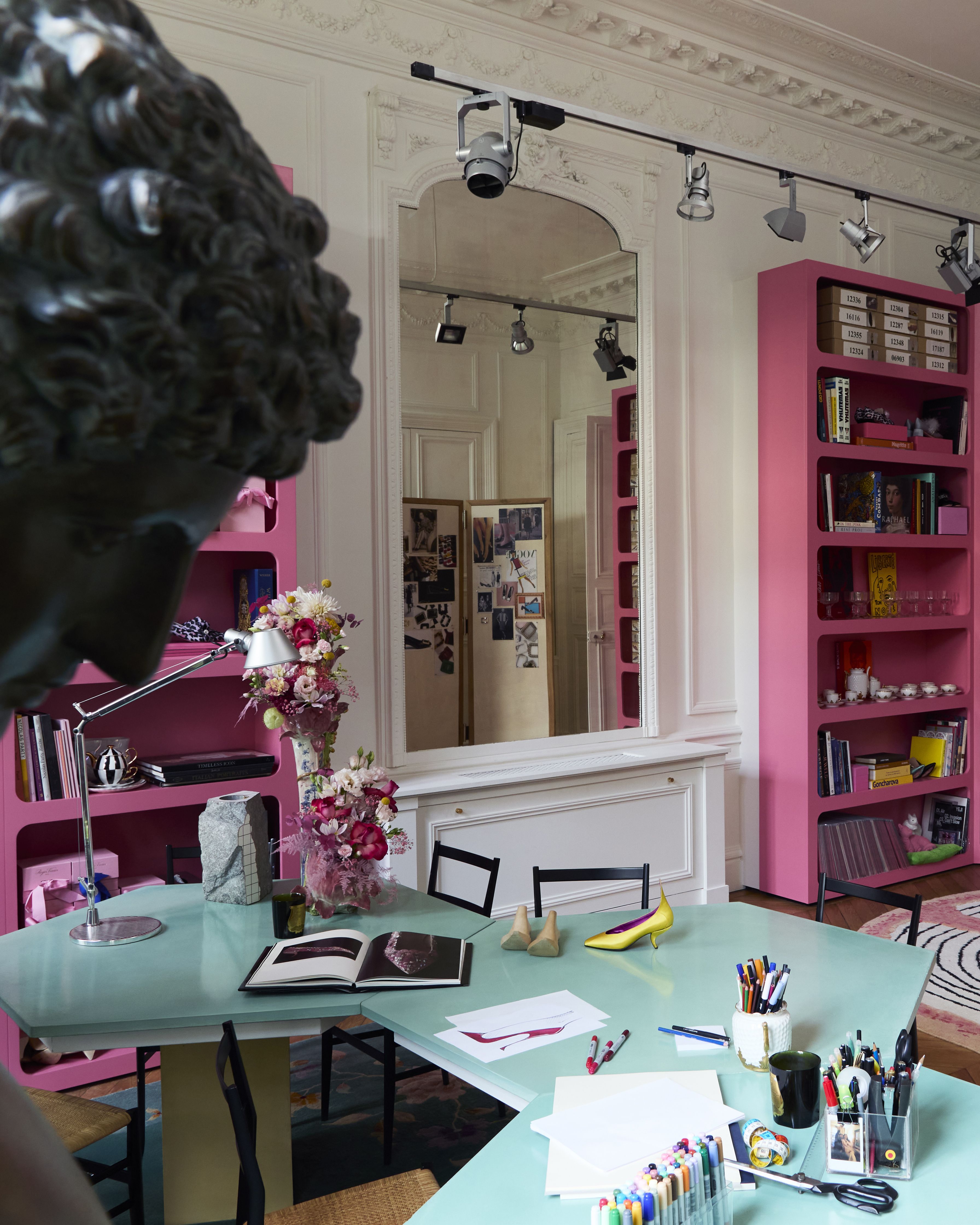
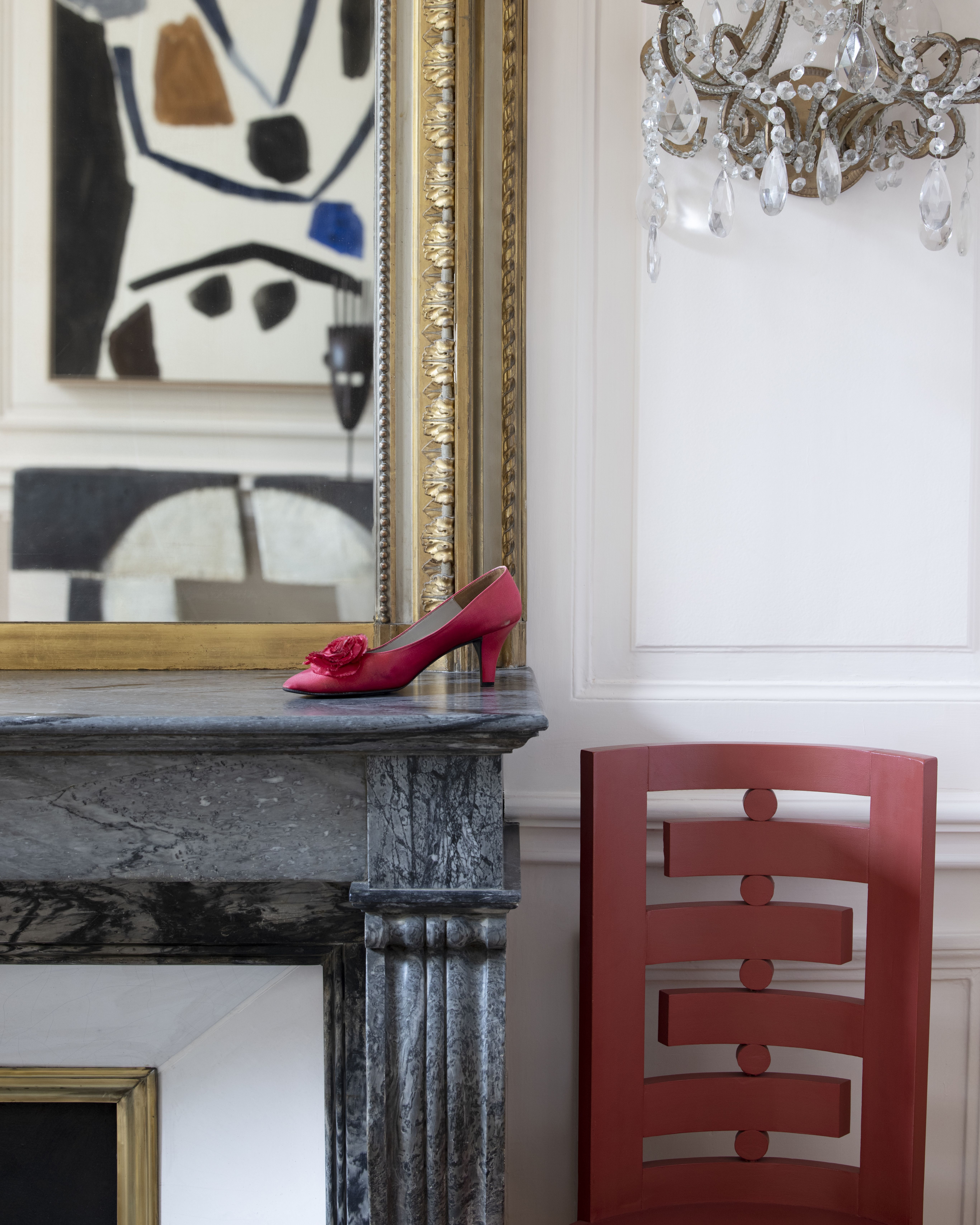
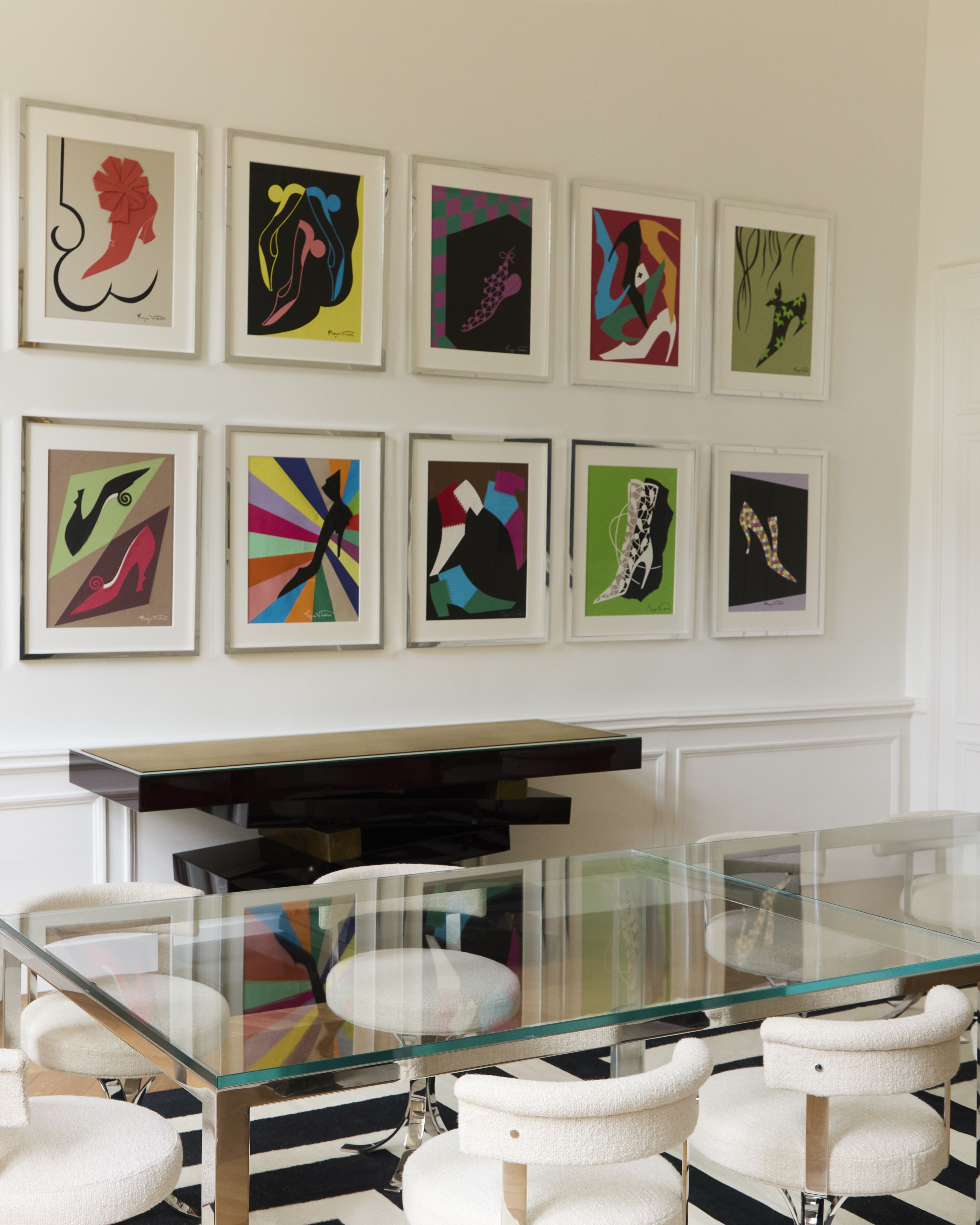
Vivier's dazzling view of footwear — his jewels-studded approach — is echoed by the Grand Staircase that, adorned in gilded reliefs and dotted with softly glowing pendants, attracts people into the mansion's salons.
In Le Salon de l’Héritage, which is, like Salon Vivier, the brainchild of de la Fressange, a decades-spanning exploration of the designer's works unfolds across elegantly presented glass boxes and brushed steel shelving by Xavier Feal, and in between equally striking 1960s and 1970s furniture. The white leather and chrome detailing of German-American architect Mies van der Rohe's Barcelona chairs, originally designed for Germany's pavilion at the 1929 International Exposition in Barcelona in collaboration with Lilly Reich, make for a minimalist touch in a space otherwise defined by an "objects, light, and color"; an interplay that Vincent Darré's trippy Labyrinth carpets embody best.
Tucked away before the building's back gardens, Le Salon Vivier captures Monsieur Vivier's spirited eye for art and interior design by inviting guests into a room that exemplifies his ability to seamlessly reconcile the atmosphere of different eras, styling ornate historical treasures through a discerning lens for abstract crafts and decor.
As the Roger Vivier team recalls proudly, "a 1961 Vogue article on Vivier's new apartment on the Quai d'Orsay famously asked: 'How does one live with the 18th century?', and answered: by adding 20th-century sculptures, paintings, and Mies van der Rohe chairs, harmonized à la Vivier."
The wood-carved, oriental, as well as African sculptures present in the space, mixed in with 18th-century, velvet Regency chairs and Louis XVI stools placed atop floral rugs, Philippe Hiquily's hammered aluminum Coque armchairs from 1975, and Agnès Debizet’s moon-shaped, 2023 Quart de Lune console, make that blurring of genres manifest.
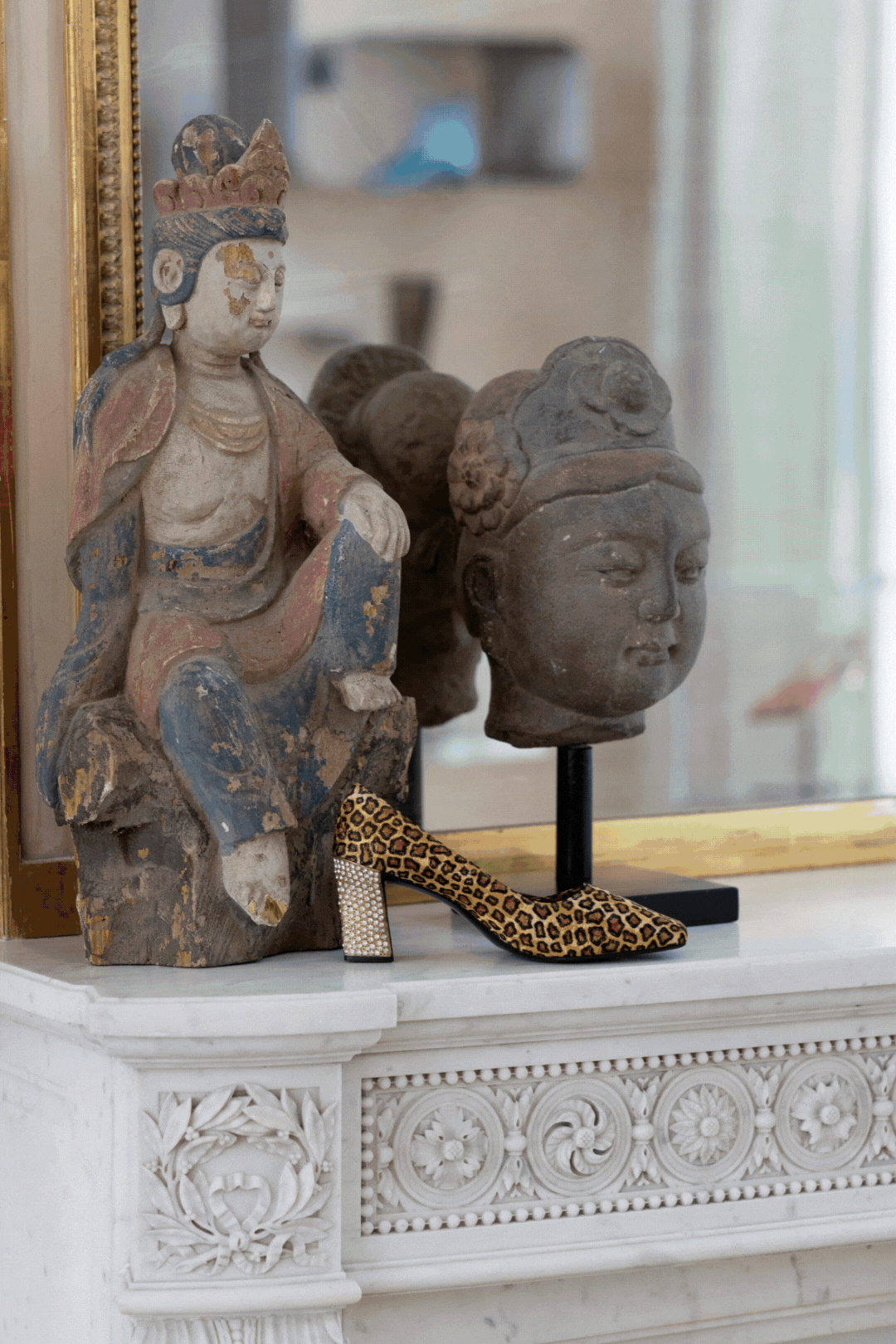
Close-up details of Maison Vivier's disciplines-spanning collection and a behind-the-scenes look at its thermo-regulated archive.
From the walls of Le Salon Vivier, home to unique masterpieces like a Picasso Faune pochoir ("stencil") belonging to Luc Fournol's collection, to the color-blocked maze that is the Felloni-imagined pink and aquamarine office space — an ordered chaos of books, magazines, and catalogues, sketches, prototype boxes, and bespoke collectibles, with a mesmerizing tufted rug and a sprawling desk by Duccio Maria Gambias as its centerpieces — and the Salle des Archives ("archive room"), storing over 1,000 artifacts in museum-like conditions, everywhere at Maison Vivier, "past innovations whisper to the present". What they narrate is "a story of elegance, daring, and invention," the team explains.
Nestled inside the chapel in the palace's basement, Le Salle des Archives is more than a safe casket aimed at preserving collages, drawings, print cut-outs, and photographs attesting to Monsieur Vivier's genius intact through the years: it's the beating heart of the Maison.
Amid lived-in, arched stone walls resembling those of a secret crypt, topazes-embellished one-offs like the 1962 shoe pair the designer imagined for Princess Soraya, historical documents, and ephemera from his Christian Dior tenure are "kept at 20 °C and 50% humidity" at all times. Among the gems to be protected at all costs is, of course, the Belle Vivier itself.
Still, the linear, sleek metallic and resin surfaces of the space, illuminated by floating, spherical lighting more akin to that of a science experiment lab than a long-lived fashion brand, reveal more about the building's ultimate scope. "A living testimony to Roger Vivier's genius," as the house's team describes it, Maison Vivier is a testing ground for further innovation — a bridge "between heritage and creation".
Further Readings — Quite Literally
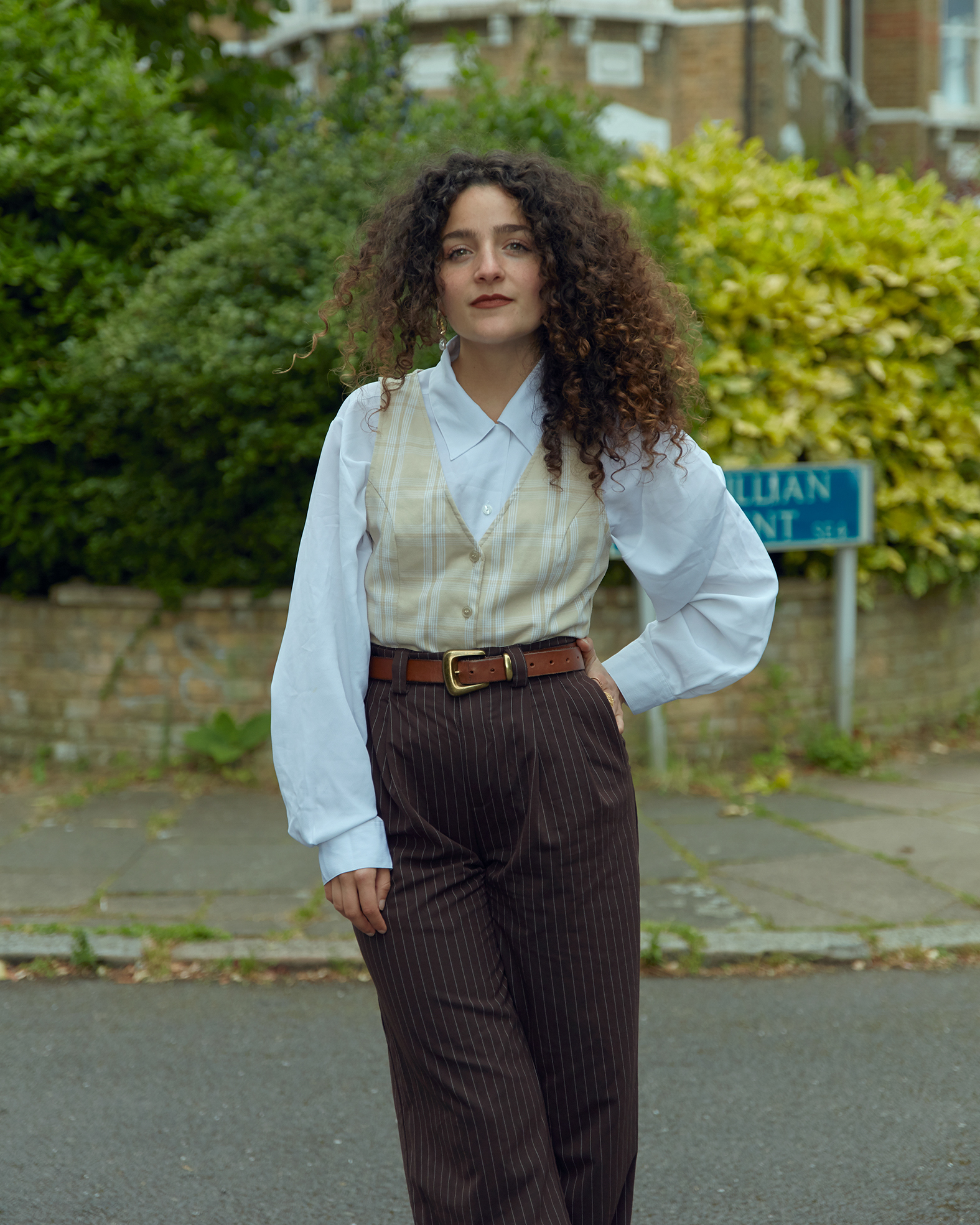
Gilda Bruno is Livingetc's Lifestyle Editor. Before joining the team, she worked as an Editorial Assistant on the print edition of AnOther Magazine and as a freelance Sub-Editor on the Life & Arts desk of the Financial Times. Between 2020 and today, Gilda's arts and culture writing has appeared in a number of books and publications including Apartamento’s Liguria: Recipes & Wanderings Along the Italian Riviera, Sam Wright’s debut monograph The City of the Sun, The British Journal of Photography, DAZED, Document Journal, Elephant, The Face, Family Style, Foam, Il Giornale dell’Arte, HUCK, Hunger, i-D, PAPER, Re-Edition, VICE, Vogue Italia, and WePresent.
